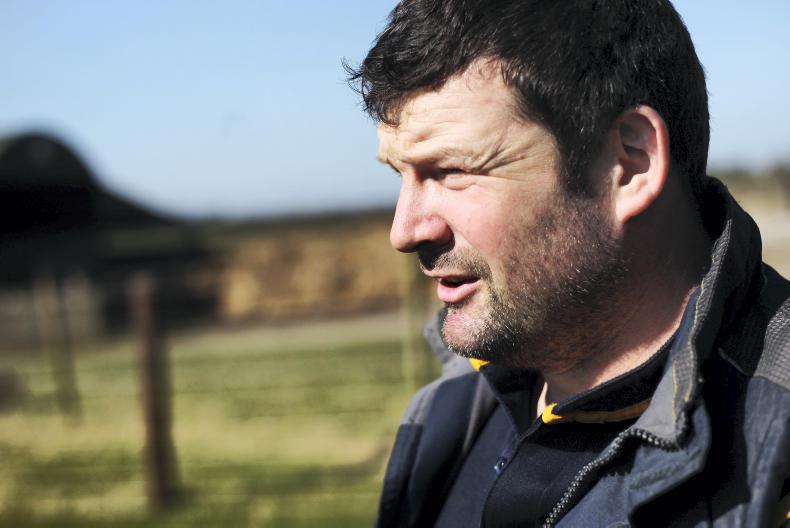The recent rain had been a very welcome sight, as growth had slowed down considerably due to the lack of moisture in the soil. But most of all, it will have helped the recent reseeds, which badly needed to get moisture to germinate.
That being said, a switch back to some fine settled weather won’t go astray now, as the spring barley is just ready for harvesting. It is a tricky balance of requirements on the farm, between the fields that need rain and those that require dry weather.
I was very nostalgic last week as we went on a trip to Clara Lara
This makes it difficult to plan for the weeks ahead. I find that this can be a challenge before the children go back to school, as we try to stretch out the last of their holidays with a few day trips.
I was very nostalgic last week as we went on a trip to Clara Lara, a place I hadn’t been to since I was in school myself, which wasn’t today or yesterday. We had drawn up a list of activities that we wanted to do before the summer was over and we are gradually getting to see and do most of them.
As usual, I plan on planting a forage rape into the fields once the straw has been removed from it. I find that feeding this to the ewes is a great way to keep them out of the shed until later in the year, or even the new year if it is mild enough. I will start spreading a bag of CAN per acre onto the fields in an attempt to help build up covers of grass for the autumn. I have also spread a light cover of dung over a third of the fields and the grass covers are progressing well.
The batch of lame ewes are progressing well
I will be going through the mature ewes here to assess how their body condition scores are progressing. Any of the ewes that are failing to put on condition will be culled out of the system. The batch of lame ewes are progressing well, with very few suffering from foot rot. The majority, in fact, had foreign objects such as stones lodged between the digits.
There are a few, however, that are not responding to treatment and as such, will also be culled from the flock. All the ewes have also been shorn here, which will help keep flystrike under control for another while and once they have a few weeks regrowth back on, I will dip them to control all external parasites such as scab, ticks, lice, blowfly and keds.
Building condition in ewes doesn’t happen overnight
I think that using dip as opposed to an injection is important in my strategy to reduce the use of anthelmintics on-farm. I find it also helps with keeping an eye on the ewes’ condition scores over the next while as well.
Building condition in ewes doesn’t happen overnight, or even flushing them for a week or two on good grass just before mating. It takes time, and I have never seen a productive ewe be over-conditioned.
As lambs are continuing to thrive well this year, I have just over 50% of them drafted at this point. I will probably get another draft or two gone before I start to supplement the ram lambs later next month.
This will be targeted at the lambs that are about 39kg, as I find introducing it to lambs that are any lighter tends to be less economic and some become over fat before they reach factory weights.






 This is a subscriber-only article
This is a subscriber-only article











SHARING OPTIONS: